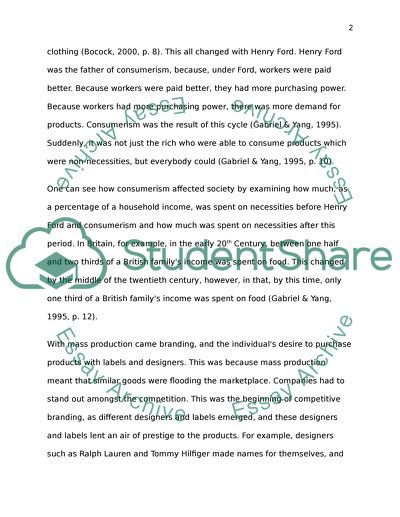Cite this document
(“Buying Stuff Online and How Your Credit Card is You Essay”, n.d.)
Retrieved from https://studentshare.org/journalism-communication/1402260-buying-stuff-online-and-how-your-credit-card-is
Retrieved from https://studentshare.org/journalism-communication/1402260-buying-stuff-online-and-how-your-credit-card-is
(Buying Stuff Online and How Your Credit Card Is You Essay)
https://studentshare.org/journalism-communication/1402260-buying-stuff-online-and-how-your-credit-card-is.
https://studentshare.org/journalism-communication/1402260-buying-stuff-online-and-how-your-credit-card-is.
“Buying Stuff Online and How Your Credit Card Is You Essay”, n.d. https://studentshare.org/journalism-communication/1402260-buying-stuff-online-and-how-your-credit-card-is.


